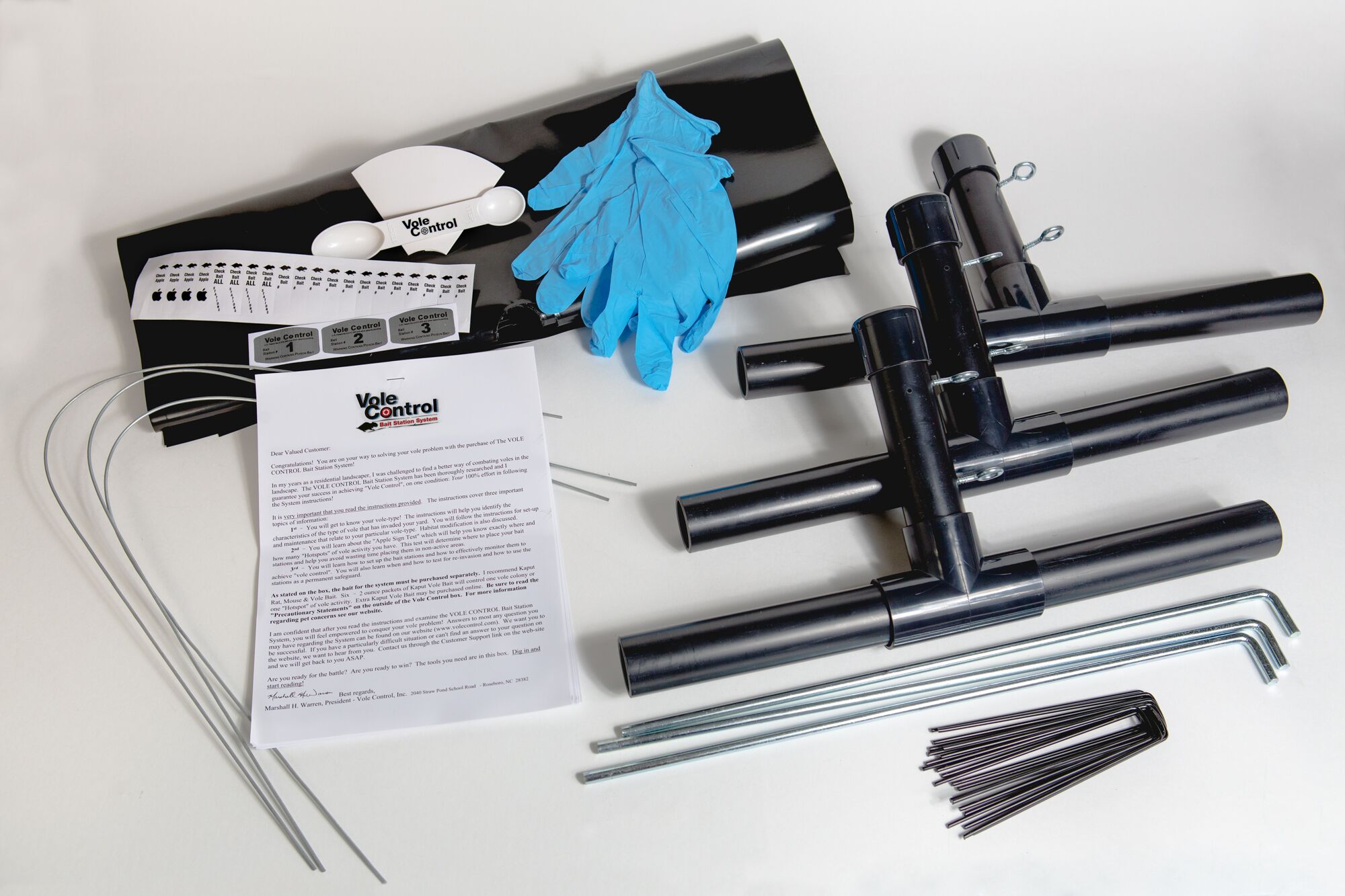Vole Control Tips to Preserve Your Backyard and Gardens
Vole Control Tips to Preserve Your Backyard and Gardens
Blog Article
Comprehensive Overview to Efficient Vole Parasite Control: Invasion Identification and Therapy Techniques
In the realm of efficient insect control, vole problems posture an unique obstacle that requires a tactical strategy. These tiny rodents, commonly incorrect for mice, can ruin gardens, yards, and plants if left unchecked. Identifying the indications of vole existence and executing targeted therapy techniques are vital parts of a successful insect monitoring plan. By checking out the subtleties of vole actions, comprehending key signs of infestation, and assessing a series of control alternatives, one can develop a detailed method to battle these evasive bugs.
Recognizing Vole Habits
Vole habits is defined by their burrowing behaviors and fast reproduction rates, making them a difficult bug to control successfully. Their quick reproductive rate additional makes complex control efforts, with females qualified of creating multiple litters in a solitary year, each including numerous offspring.
Recognizing vole actions is vital for efficient pest control strategies. By recognizing their burrow areas, keeping an eye on feeding locations, and applying targeted control techniques, such as capturing or environment adjustment, vole infestations can be taken care of efficiently.
Signs of Vole Invasion

Avoidance Approaches
Applying effective prevention approaches is essential in reducing vole invasions and securing plants from their harmful feeding habits. To stop vole invasions, it is essential to begin by eliminating prospective food resources and shelter.
Routinely evaluating the building for indicators of vole task, such as runways and burrow openings, is critical for early detection and prompt activity. If vole activity is suspected, take into consideration using catches or repellents strategically placed near their paths. Employing natural killers like serpents or owls can also assist maintain vole populations in check. By executing a combination of these avoidance property owners, techniques and gardeners can effectively secure their greenery from vole damage.
Non-Lethal Control Methods
To properly take care of vole populaces while prioritizing humane methods, non-lethal control approaches provide functional services for decreasing vole damages in landscapes and yards. These obstacles can be buried at least 12 inches curved and deep at a 90-degree angle to protect against voles from tunneling underneath.

Lethal Control Options
One effective technique for resolving vole invasions in gardens and landscapes involves the critical use dangerous control options. When faced with a severe vole problem that non-lethal methods have stopped working to include, carrying out lethal control actions comes to be important. One commonly employed lethal control alternative is using snap catches. These catches are developed to swiftly and humanely our website eliminate voles upon activation, making them a popular selection for several gardeners and landscaping companies. To boost the effectiveness of breeze traps, it is suggested to position them in locations where vole task is high, such as along paths or near burrow entrances. Another dangerous control alternative is the use of harmful baits specifically developed to target voles. These lures have poison that is consumed by the voles, leading to their eventual demise. Caution must be exercised when making use of harmful lures to avoid injury to non-target animals or family pets. Generally, when utilizing dangerous control choices, it is necessary to do so responsibly and in accordance with local laws to efficiently manage vole infestations.
Conclusion
Finally, effective vole parasite control needs a thorough understanding of vole habits, recognition of indications of problem, execution of avoidance approaches, and usage of both non-lethal and dangerous control methods. By integrating these approaches, individuals can properly manage vole populations and shield their property from damage. It is essential to deal with vole infestations immediately to visit here avoid more concerns and decrease the impact on the surrounding atmosphere.
Offered the elaborate tunnel systems and rapid reproduction rates particular of voles, identifying the indicators of vole problem becomes crucial in effective parasite control. One of the key indications of vole presence is the existence of surface area runways or routes in turf or snow, normally regarding 1-2 inches wide, developed as voles take a trip in between their burrows and food sources.To successfully manage vole populations while prioritizing gentle methods, non-lethal control techniques use useful solutions for minimizing vole damages in gardens and landscapes.One effective technique for attending to vole problems in yards and landscapes includes the tactical use of dangerous control options. vole lawn damage.In conclusion, efficient vole bug control requires a detailed understanding of vole habits, identification of indications of problem, application of avoidance techniques, and usage of both non-lethal and lethal control methods
Report this page